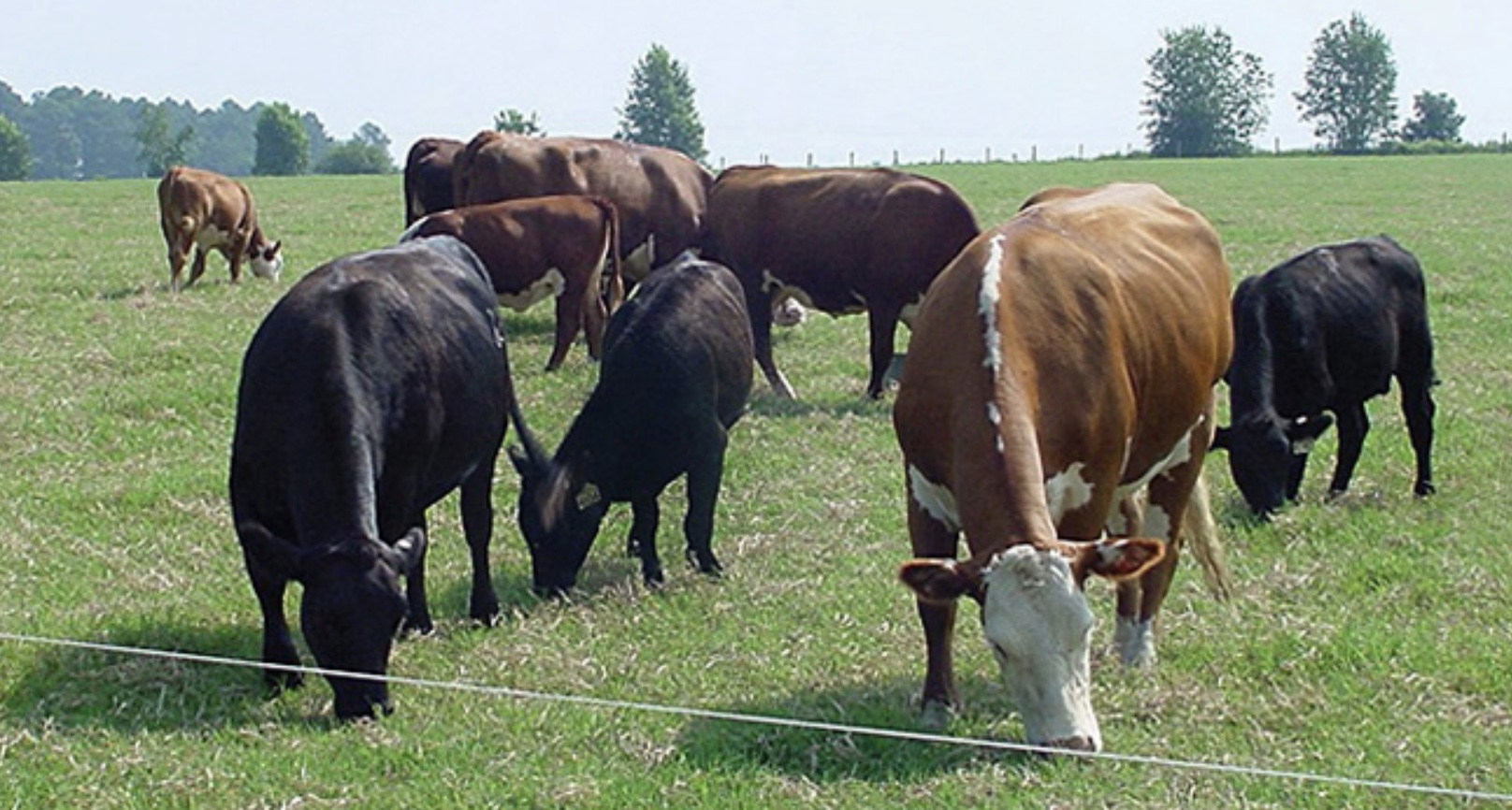The limits were adjusted based on feedback from auto manufacturers.
The Environmental Protection Agency (EPA) has finalized new rules reducing emissions requirements for all new cars made between 2027 and 2032. The rules, enacted after more than a year of development, require U.S. automakers to reduce the emissions of light—and medium-duty vehicles by nearly 50 percent, recorded as an average of 85 grams of carbon dioxide emitted per mile.
These rules cover cars, SUVs, vans, and pickup trucks but do not include 18-wheelers. The rules also set an average for entire fleets, not requirements for individual vehicles. If an automaker makes a car with higher emissions alongside another car with zero emissions, both can be allowed as long as their collective emissions average 85 grams of carbon dioxide per mile.
“Our final rule delivers the same, if not more pollution reduction,” EPA Administrator Michael Regan said, referring to the slightly less strenuous emissions restrictions than had been originally proposed. “We designed the standards to be technology neutral and performance-based to give manufacturers the flexibility to choose which combination of pollution control technologies are best suited for their consumers.”
As the Lord Leads, Pray with Us…
- For Administrator Regan and EPA officials to receive God’s guidance as they set environmental regulations.
- For wisdom for the president and his advisors as they pursue goals for the adoption of electric vehicles.
Sources: Reuters, NPR









